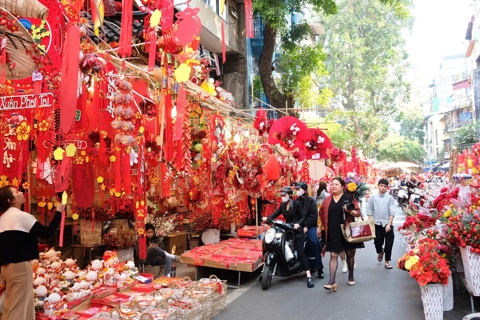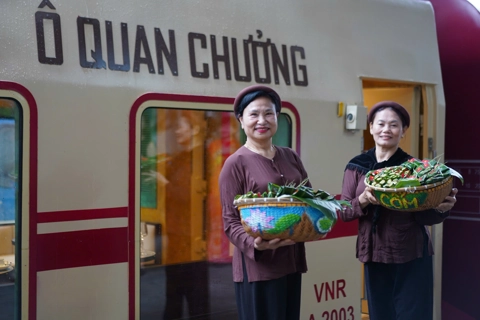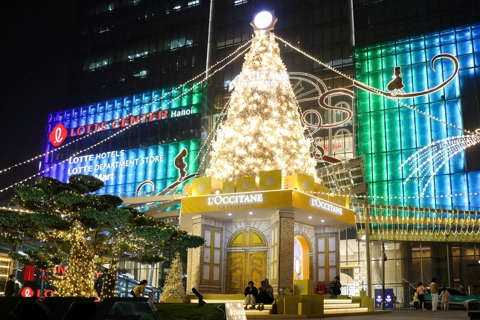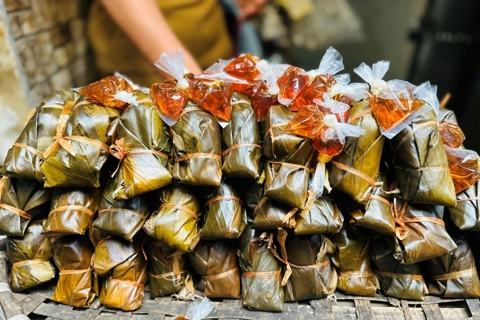Vietnamese travelers favor domestic trips for tet 2026, Agoda says
A strong rise in domestic travel during the Lunar New Year holiday will range from cool-climate retreats, beach escapes to cultural hubs like Hanoi.
21 Dec, 07:47 AM"Hanoi Dep Sound" unveils night tours to diversify tourism appeal
The “Hanoi Dep Sound” (Hanoi Beautiful Sound or Hanoi So Beautiful) campaign opens the door to fresh night-time tourism experiences, offering visitors a deeper and more enchanting way to explore the capital.
20 Dec, 09:08 AMHanoi Culinary Culture Festival 2025: Celebrating the capital’s gastronomic legacy
Hanoi turns into a food lover’s paradise at the 2025 Culinary Culture Festival, featuring hands-on cooking, cultural showcases and the city’s most beloved flavors all in one vibrant celebration.
20 Dec, 08:42 AMHanoi steps up efforts to attract global travelers
By strengthening links with northern provinces and coastal destinations, Hanoi is developing multi-destination itineraries that enhance visitor experiences, encourage longer stays and open up broader exploration across Vietnam.
18 Dec, 02:24 PMEgg Beer: Hanoi’s unexpected winter comfort in a glass
From a passing whim in a Steinbeck novel to a signature indulgence in Vietnam’s capital, egg beer has evolved into a cultural touchstone, blending heritage, creativity and the unmistakable charm of Hanoi’s beer culture.
16 Dec, 11:27 AMHanoi’s Traditional Craft Village, Street Food and Tourism Festival attracts 30,000 visitors
The festival seeks to boost tourism in Hanoi while showcasing the Vietnamese capital as a welcoming, safe and cultural destination.
15 Dec, 07:20 PMDazzling festive scenes light up Hanoi’s shopping malls
As the year draws to a close, a gentle Christmas spirit drifts through Hanoi, turning the city’s shopping malls into glowing festive landmarks.
15 Dec, 10:56 AMHanoi in winter through its flavors and calm streets
Hanoi in Autumn unfolds through its rich culinary landscape, from iconic pho shops to West Lake’s shrimp cakes and the bustling street food of the Old Quarter. Blending flavors, culture and local stories, the city offers visitors a sensory journey where food becomes a gateway to its heritage and timeless charm.
15 Dec, 10:28 AM








